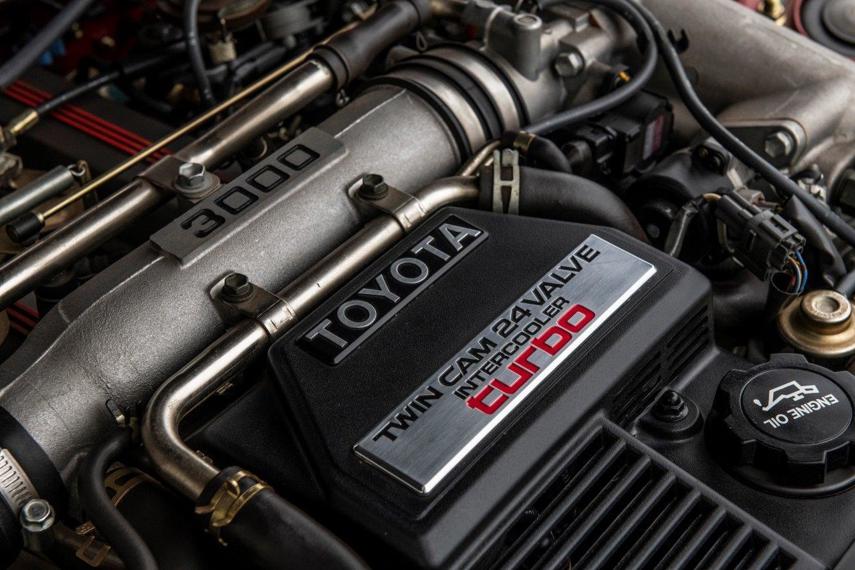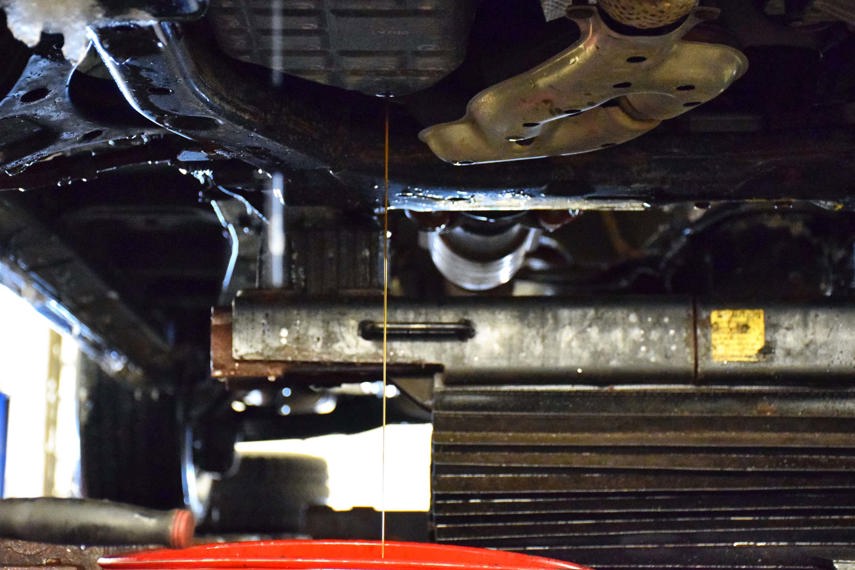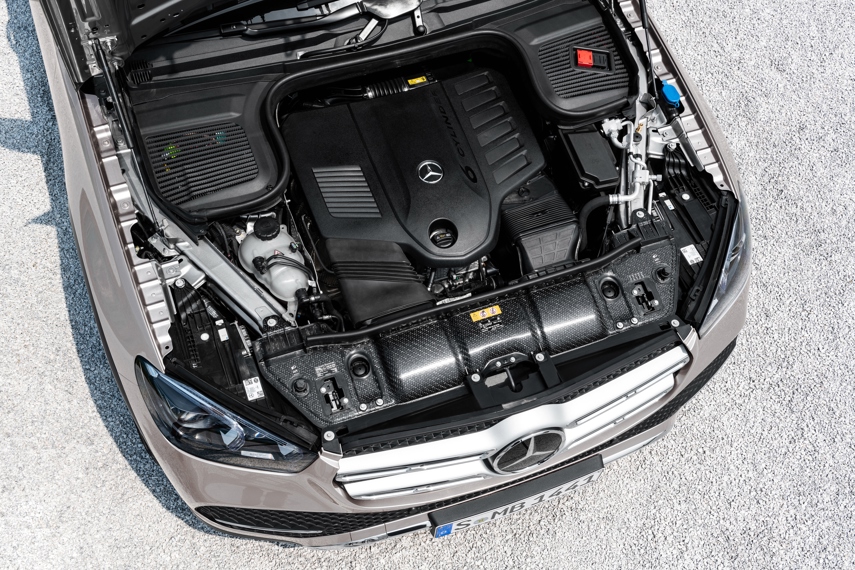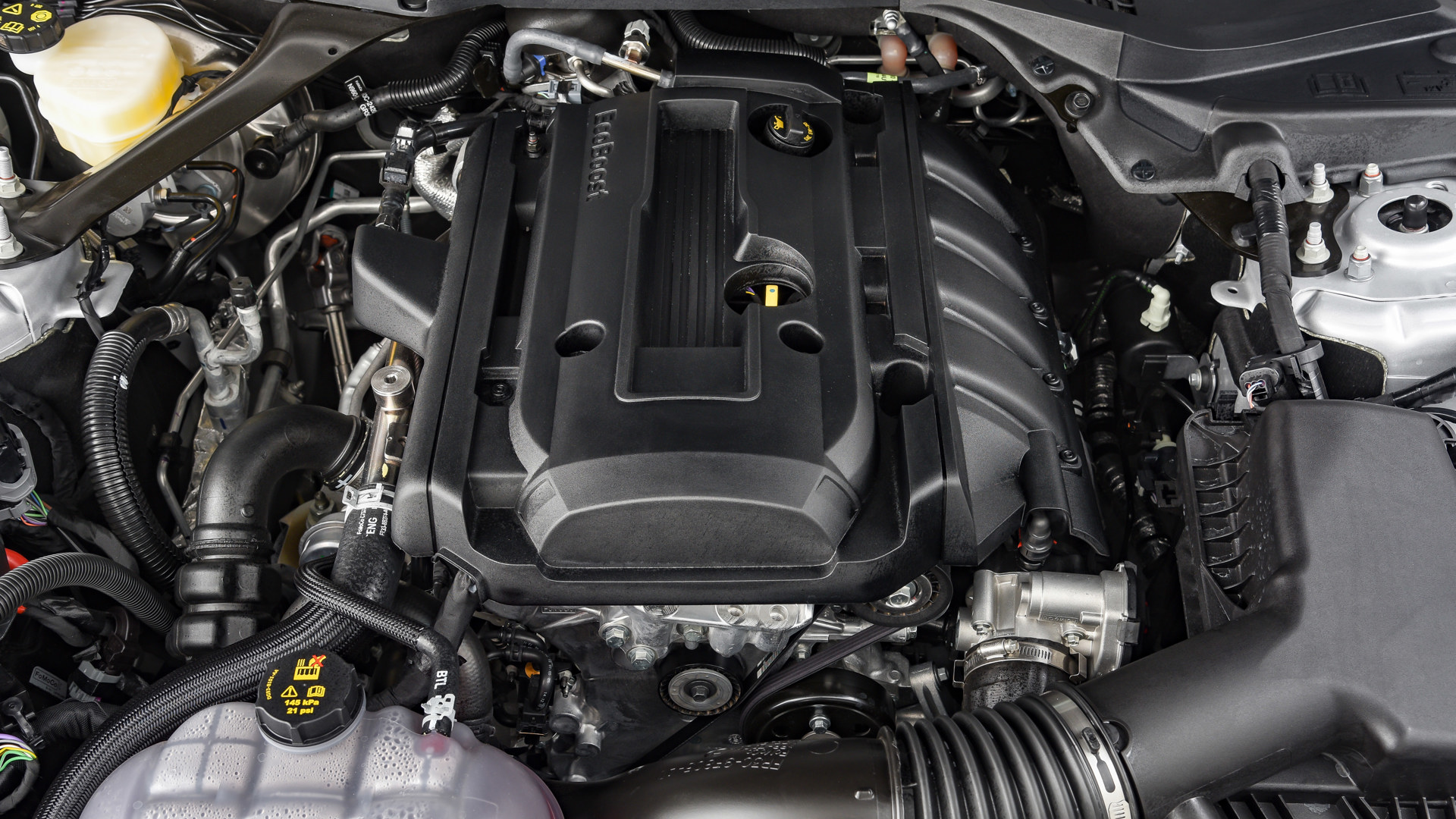A turbocharged (or “turbo”) engine works just like a regular engine, but uses an exhaust-driven air compressor to drive pressurized air into the cylinders. By compressing the air before the engine inhales it, more fuel can be burned, which generates more power. This is called turbocharging.
Turbocharging is done by a turbocharger, aka “turbo” or “compressor.” If you have a gear-head teenager to embarrass, refer to a turbo as a “snail” or “turbsky” when friends are listening nearby. For instance: “Hey David, think I should slap a big ole turbsky on this bad-boy?” while smacking the family Windstar on the hood. Congratulations! Now you understand turbocharger lingo if you didn’t already.
That’s great, but what’s the point of a turbocharger?
Generally, a turbocharger is used to make a small engine perform like a larger one. In many modern applications, this allows a vehicle to use a smaller and more fuel-efficient engine, while maintaining or improving performance. In sportier applications, a turbo is used to maximize performance out of the existing engine – giving it more power and torque. And whether your turbo engine is built for maximum fuel efficiency or maximum performance, the principle is the same: the turbo forces air into the engine under pressure so it can generate more power.
So, it’s likely you’ve got turbocharged engine under the hood of your car, but how do you take care of it?

Read the manual, and follow it
In general, and like literally every other part of your vehicle’s engine, the best way to keep that turbocharger ticking is to strictly follow all of the instructions outlined in the maintenance schedule of the vehicle owner’s manual. And if you’re one of many motorists who gets a bit loosey-goosey with the service intervals, you might not see the long and healthy life your turbocharger was built to deliver.
Many a mechanic, racer, tuner, collector, and otherwise expert on the topic of turbocharging will tell you that regular oil changes are vital to long-term turbocharger health and vitality. Using exhaust gas to compress incoming air gets the turbocharger extremely hot, for extended periods of time. Heat can break down engine oil, especially so if that engine oil is overdue to be changed. When engine oil is neglected, many parts of your engine suffer – and repeatedly stretching oil changes can knock years off of the life of the turbo. So, change your oil as frequently as you can – and at least as frequently as the owner’s manual prescribes. You can’t over-change it, and your engine will thank you.
To help squeeze out maximum efficiency, modern turbo engines often have very strict requirements for oil viscosity and type, and oil filter type. Always use oil and filters approved for use in the owner’s manual. Use of non-approved oil or oil filters can cause component damage, premature wear, and even warranty-voiding engine damage. Be sure to use only factory-approved spark plugs, too.
In short: Check the owner’s manual for the full scoop, and be sure to follow it to a “T” at all times. Note that some turbo engines require oil, filter, and spark plug changes more frequently than you may be used to.

Watch what you put in it
Next up, be kind to your fuel system. The turbocharger is one part of a larger system designed to get air and fuel combusted as efficiently as possible, at all times. Using high-quality fuel – which doesn’t necessarily mean a high-octane fuel – from a reputable retailer, and performing regular intake system cleaning as outlined in the owner’s manual (if applicable) can go a long way to keeping the entire turbocharger and fuel delivery system running cleanly and efficiently.
Where possible, fill up with gasoline that contains enhanced cleaning additives from a brand you trust. The correct octane rating for your specific vehicle can be found on the fuel cap, or in the owner’s manual.
Take it easy, at least to start
Turbo engines in older cars may benefit from a more cautious warm-up and cool-down procedure. Though more recent advancements in engine oil and turbocharger design have made this obsolete in more modern vehicles, owners of older turbocharged cars prefer to work the engine gently until it’s fully warmed up, and to let the engine idle a moment or two before shutting it off. This allows the turbocharger to cool down, before its oil supply is cut off by stopping the engine.
But not too easy
Finally, be sure to work that turbocharger on occasion. The occasional full-throttle blast is neither harmful nor helpful to the lifespan of a properly maintained engine – though it may be of benefit to the compressor, or specifically, its wastegate actuator. In some vehicles, the wastegate actuator may seize up over time if it’s not used somewhat regularly. If that’s the case, the turbocharger may not perform properly when you need it to, and could leave you with a Check Engine Light (CEL), and the need for some repair.
To keep your wastegate moving freely, be sure to accelerate at full throttle on occasion. This keeps the wastegate actuator fresh and limber. Plus, it’s not bad for your properly maintained engine, and could even be good for its turbocharger.

Turbocharging has been around for a very long time, and manufacturers and suppliers have gotten very good at building turbochargers that will live a long and healthy life provided that they’re properly cared for. Today, more and more vehicles come with turbocharged engines than ever before. With benefits to performance and efficiency – letting automakers pump out big crossovers with small fuel consumption numbers – the turbocharger has never been more popular.

